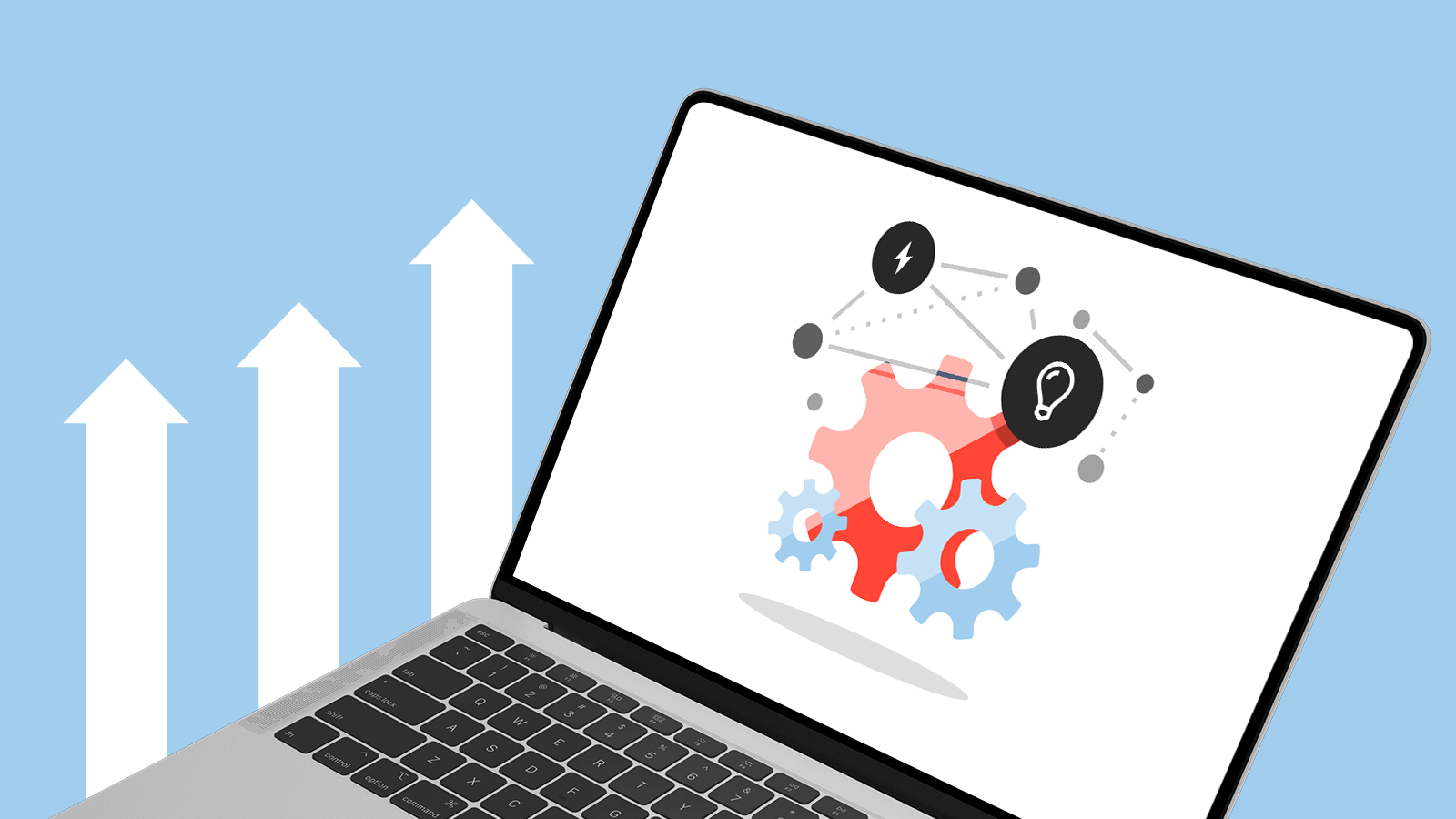
The Ultimate Benefits of an LMS and an LXP Integration
Combining the best of two worlds: Why LMS and LXP will merge into integrated platform

There is a massive but fragmented market for training and learning tools in this new decade, with more than 30 Learning Experience Portal (LXP) vendors, 200 LMS vendors, and thousands more who specialise in creating various tools.
Collaboration, content development, analytics and mobile learning are the main purposes of these tools [Source: Josh Bersin Academy]. Moreover, these vendors are beginning to take note of a trend towards integrated platforms to benefits companies.

LXP: The new kind of product?
An LXP’s purpose is to improve self-directed learning and give learners control over their decision making in their own learning. However, it doesn't acknowledge the importance of the organisation and its corporate goals.
Josh Bersin defined the term “Learning Experience Portal” several years ago as a new type of product. In this portal, the learners understand the objective of their learning “in a workflow" defined by them.
However, why should we consider a new category when the term Learning Management System (LMS) subsumes all forms of teaching and learning? What is the goal of LMS integration? We must remember that LMS were originally designed to enable the “management” of learning only. They concentrate on:
- Business processes,
- Control of learning processes (such as adherence to compliance requirements),
- The provision of catalogues, and
- The corresponding evaluation options for an organisation.
Learner engagement, adaptive learning and AI
On the other hand, engaging learners is an LXP's objective. The LXP is partly mapped with self-directed learning through the integration of competence-based methods. If the target group is homogeneous, then we can apply the principle of LXP more successfully.
In the past, Learning Management Systems did not consider self-directed learning in its features. However, this is changing rapidly and learning systems are catching up. This is due to the increasing decoupling of front ends and back ends via corresponding API functionalities. Moreover, innovation cycles are becoming ever faster and interfaces can be individually adapted for each learner group. Eventually, they offer an individual user experience when required.
Additionally, artificial intelligence has become an integral part of almost every solution. This means that topics such as adaptive learning, content curation and personalisation can be found in both worlds. An LMS has all the necessary learning processes that an LXP does not, including regulatory training and on-the-job functionalities. This means that courses and learning processes can be mapped in an integrative interface.
Integrated learning platforms are here to stay
Learning systems must integrate more and more into existing infrastructures. This means that they can also partly give up their own core functionalities. In addition, the latest trend is the integration of different portals with an individual user and learning journeys for different target groups, such as internal employees and external partners. This helps to create the best possible user experience.
Since learning experience portals focus more on the experience aspect, it is becoming more difficult to offer target groups or case-orientated portals.
This is where an LMS has an advantage due to its technological structure. Front ends have traditionally been developed for their back ends to be connected via APIs (e.g. REST API). This provides these learning systems with a powerful tool for integration and interoperability.
Almost by chance, we can set up entire learning ecosystems by developing stable and extensive API management. If we spin this a little further, an Internet-enabled refrigerator today can provide learning content of a product at breakfast.
But LMS and LXP integrations are not only used to provide learning content. Most importantly, comprehensive learning management considers the support of all processes involved. For example, controlling door signs, or confirming seminar participation with an employee magnetic card or scanning a QR code.
In conclusion, the market is heading in this direction, and the trend is very clear: integrated learning platforms are here to stay. Read more about what and how to integrate with an LMS here.
If you are keen to find out what the integration possibilities are for imc's LMS - the imc Learning Suite - go to the imc Learning Suite Integrations and Connectors page.

Learning is more than just an experience
Make the most impact by integrating a learning experience platform (LXP) into a learning management system (LMS).

Gamified Learning to Drive Learner Motivation
Use gamified learning to increase employees' motivation and help them build their skills in the workforce.